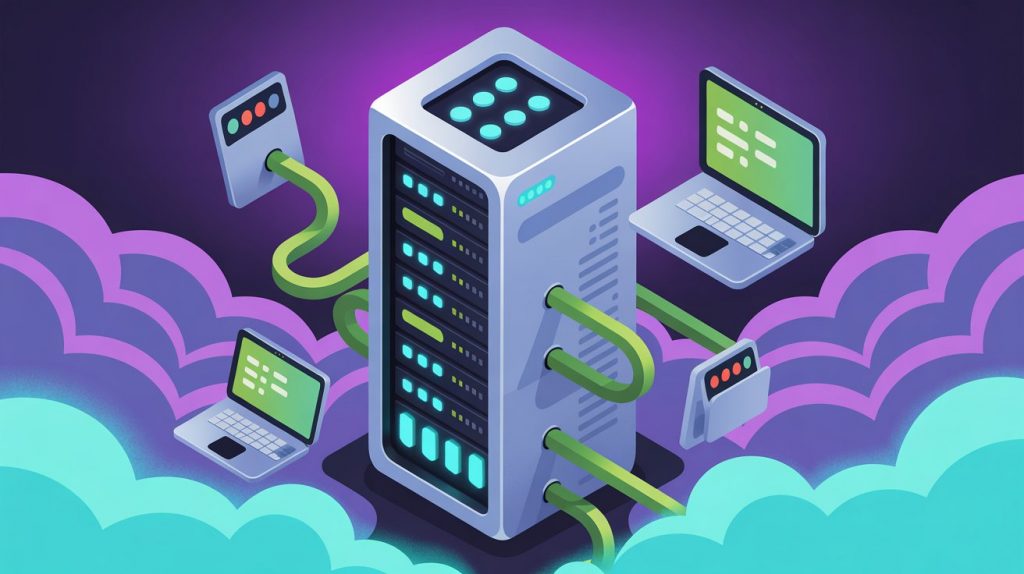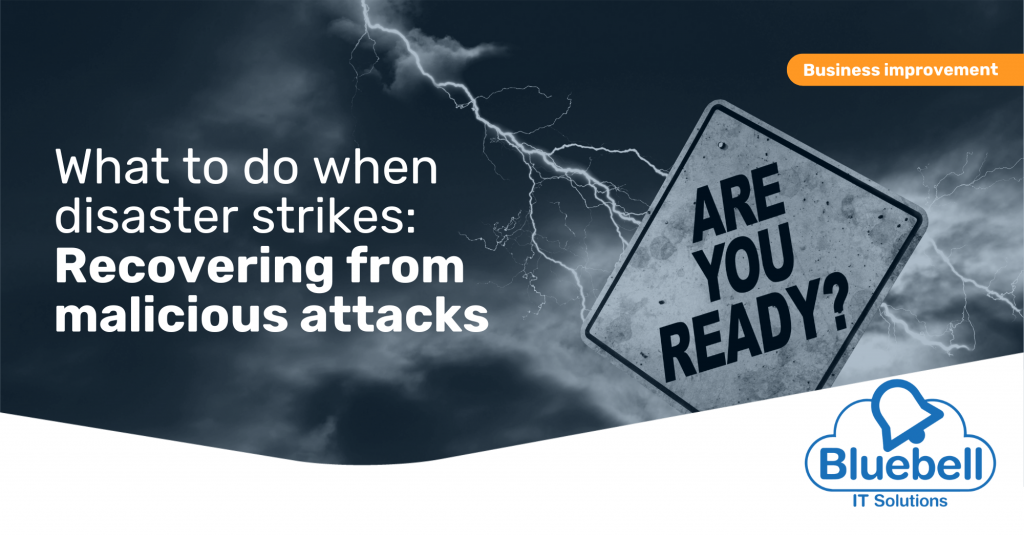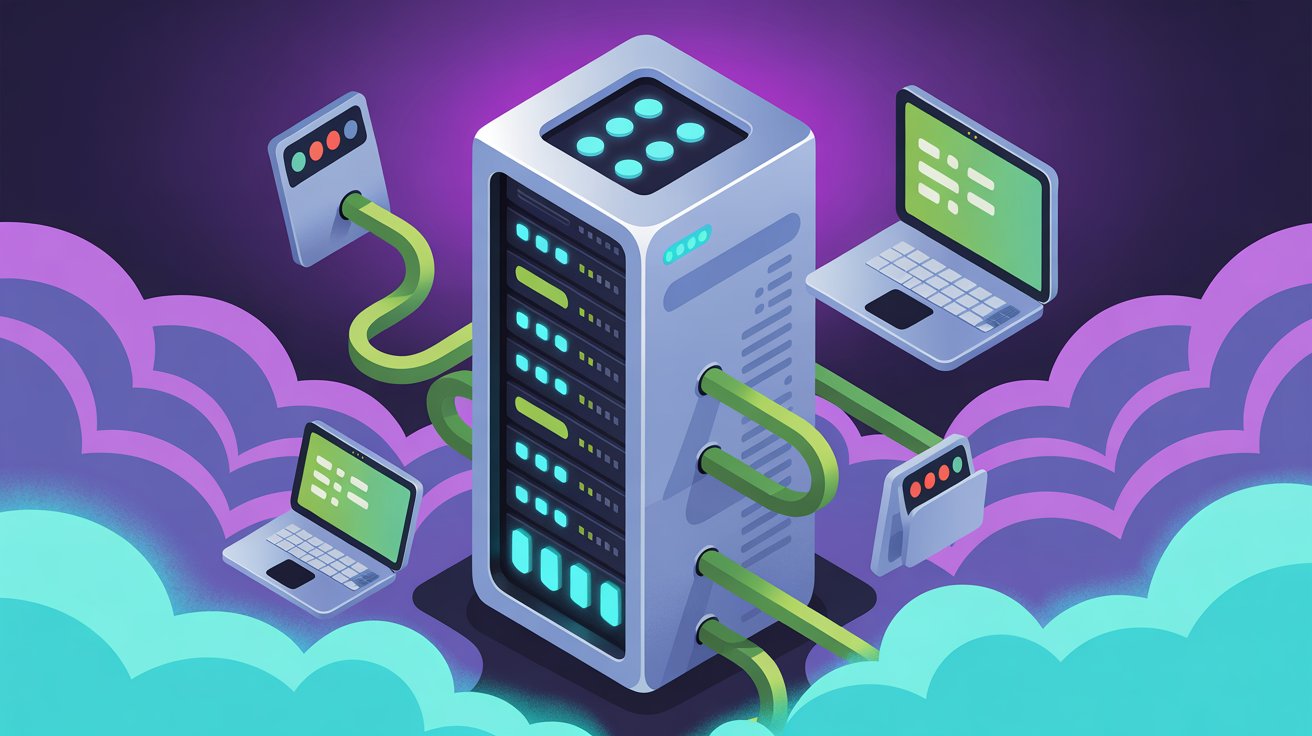Published on 15 June 2025

For small and medium-sized enterprises (SMEs), IT infrastructure isn’t just a support function, it’s a foundation for everything from daily operations to long-term growth. Yet many SMEs lack the resources or expertise to build systems that meet modern demands. Downtime, data loss, and cyberattacks aren’t just disruptive. They can be crippling. The good news is that resilience doesn’t require an enterprise-sized budget. With the right strategies, SMEs can create a robust IT backbone that protects their business and enables future success. Hai (World Economic Forum, 2025) notes that as the digital economy grows, the role of resilient technology infrastructure in enabling small business competitiveness is more important than ever.
It sounds obvious, but many IT issues start with outdated or poorly maintained hardware and software. Make sure you’re running supported operating systems, updated applications, and reliable business-grade devices. Cut corners here, and you’re likely to spend more later dealing with failures, inefficiencies, or security gaps.
Cloud services offer scalability, flexibility, and resilience that traditional setups often can’t match. Whether it’s data storage, email, or critical applications, moving to the cloud can reduce your dependency on on-premises infrastructure and improve accessibility. Look for reputable providers with strong uptime guarantees and clear security standards. Ketkar (Forbes, 2024) highlights that a well-integrated cloud-based tech stack can also support hybrid work environments and improve collaboration across teams.
SMEs are prime targets for cybercriminals, often due to weaker defences. Invest in essential protections like firewalls, endpoint detection, email security, and multi-factor authentication. Train staff to spot phishing attempts and suspicious activity. Human error remains one of the biggest vulnerabilities.
Every business has unique IT needs. If your provider is offering generic solutions that don’t align with your company’s growth and operational requirements, it might be time to switch. A good IT provider should offer tailored strategies that adapt to your evolving needs.
Waiting for something to break is a costly IT strategy. Use monitoring tools to keep tabs on performance, security events, and hardware health. Proactive maintenance, like updating software or replacing ageing hardware can prevent issues before they disrupt operations.
Your IT infrastructure should grow with your business. Plan for future needs, whether that’s onboarding new employees, launching new services, or expanding to new locations. Choose solutions that can scale easily without requiring a full rebuild every time you grow.
You don’t need to do it all in-house. Working with a reliable IT services provider can give you access to expertise, tools, and support you might not be able to afford otherwise. Look for partners who understand SMEs, offer transparent pricing, and focus on long-term value.
From device inventories and software licences to backup schedules and incident response plans, thorough documentation is critical. It keeps your team aligned, speeds up recovery when things go wrong, and makes compliance easier if you’re in a regulated industry.
Building a resilient IT infrastructure isn’t about a single product or policy, it’s an ongoing effort. It requires regular reviews, updates, and a mindset focused on preparation over reaction. By taking a strategic approach, SMEs can create a stable, secure foundation that supports growth and withstands whatever challenges come their way.
If your business needs help strengthening its IT infrastructure, contact Bluebell IT today. And if you’ve recently experienced a cyberattack, download our guide on how to recover from malicious attacks.


© 2025 Bluebell IT Solutions - All rights reserved
SEO and Website Design by Loop Digital